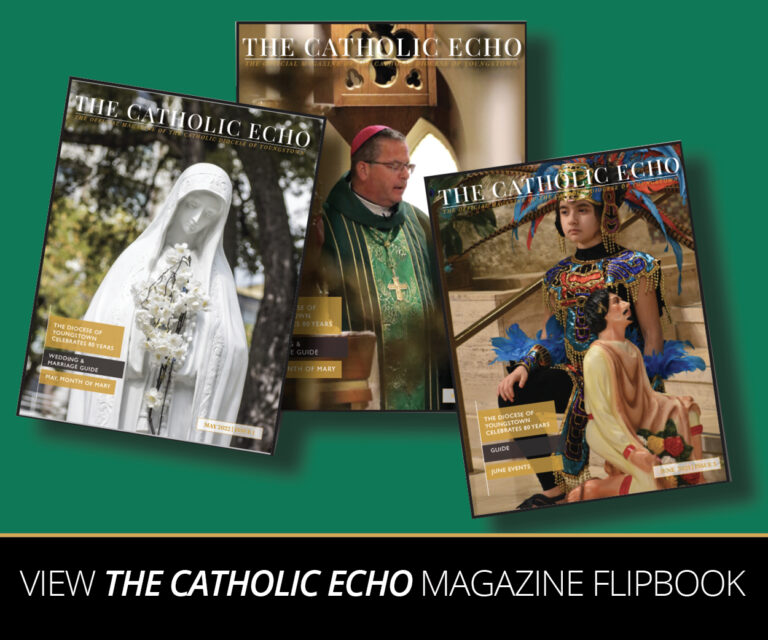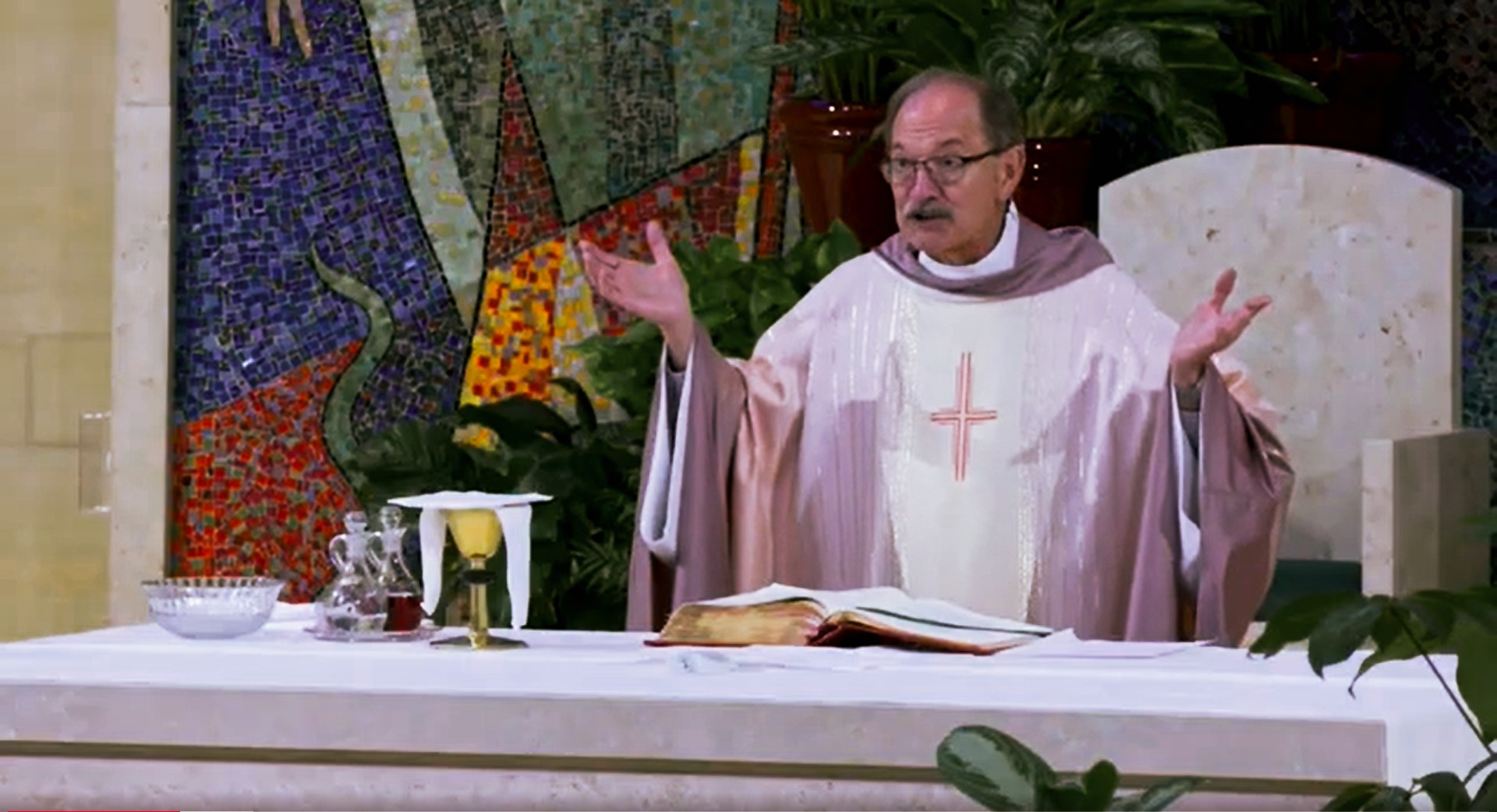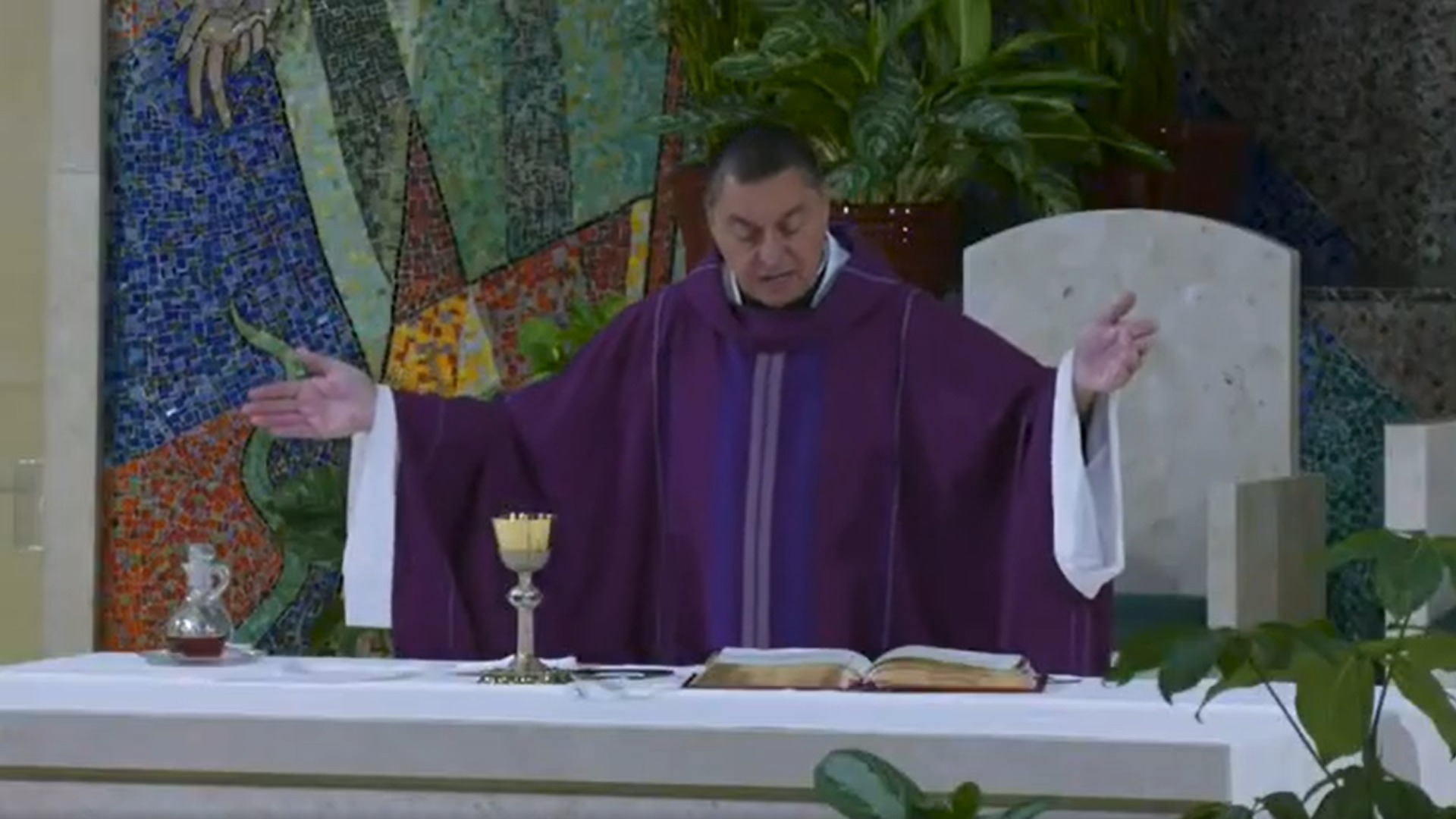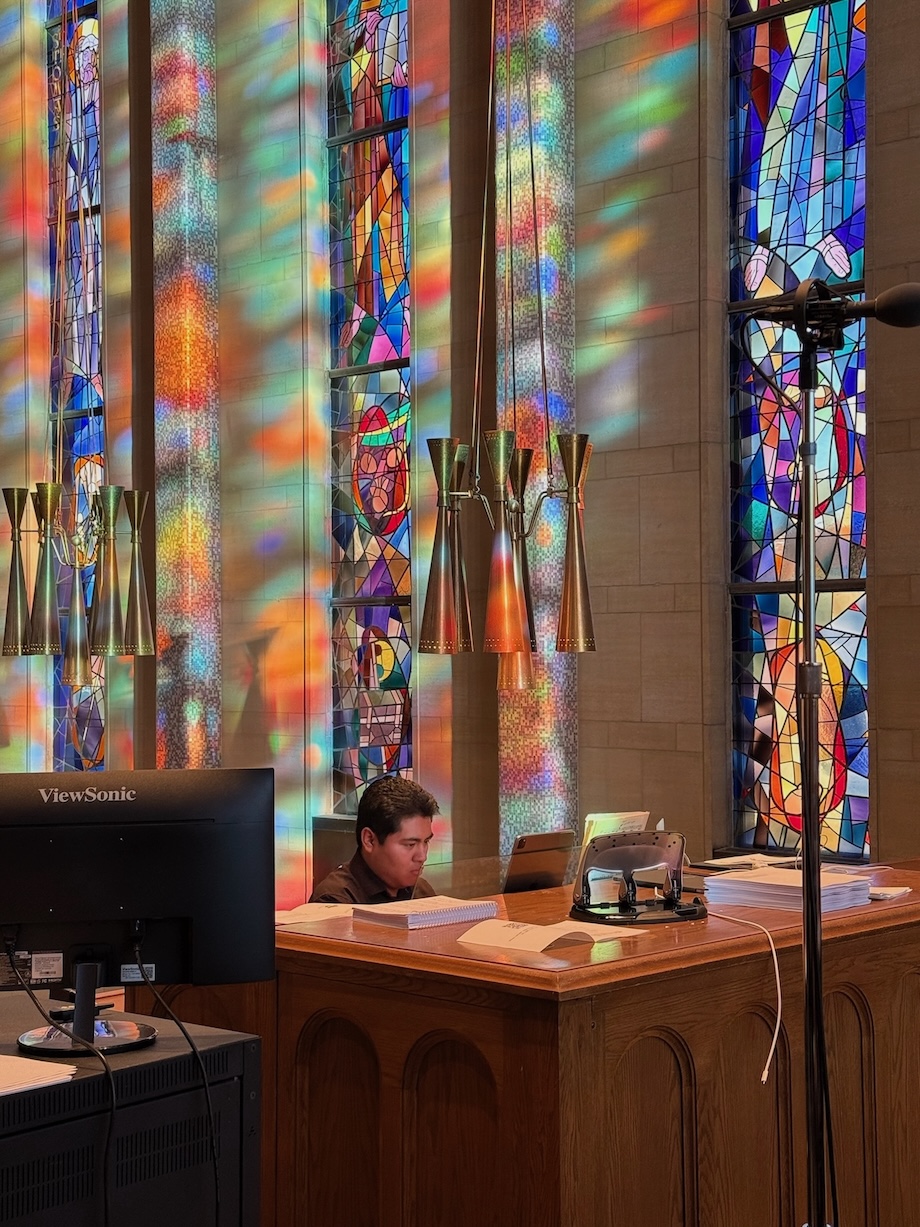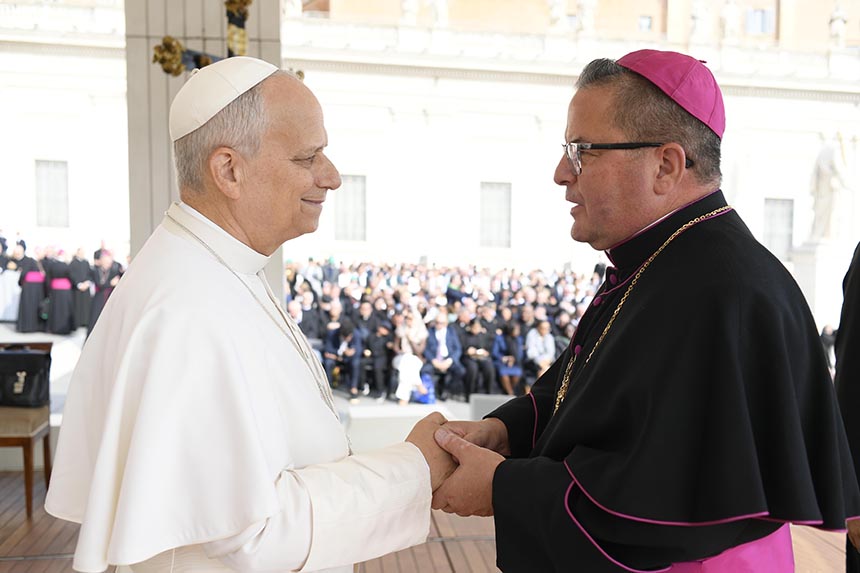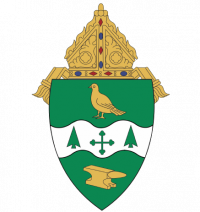This question was posed for The Catholic Echo’s new “Ask Father” column, which debuted in the October 2024 issue.
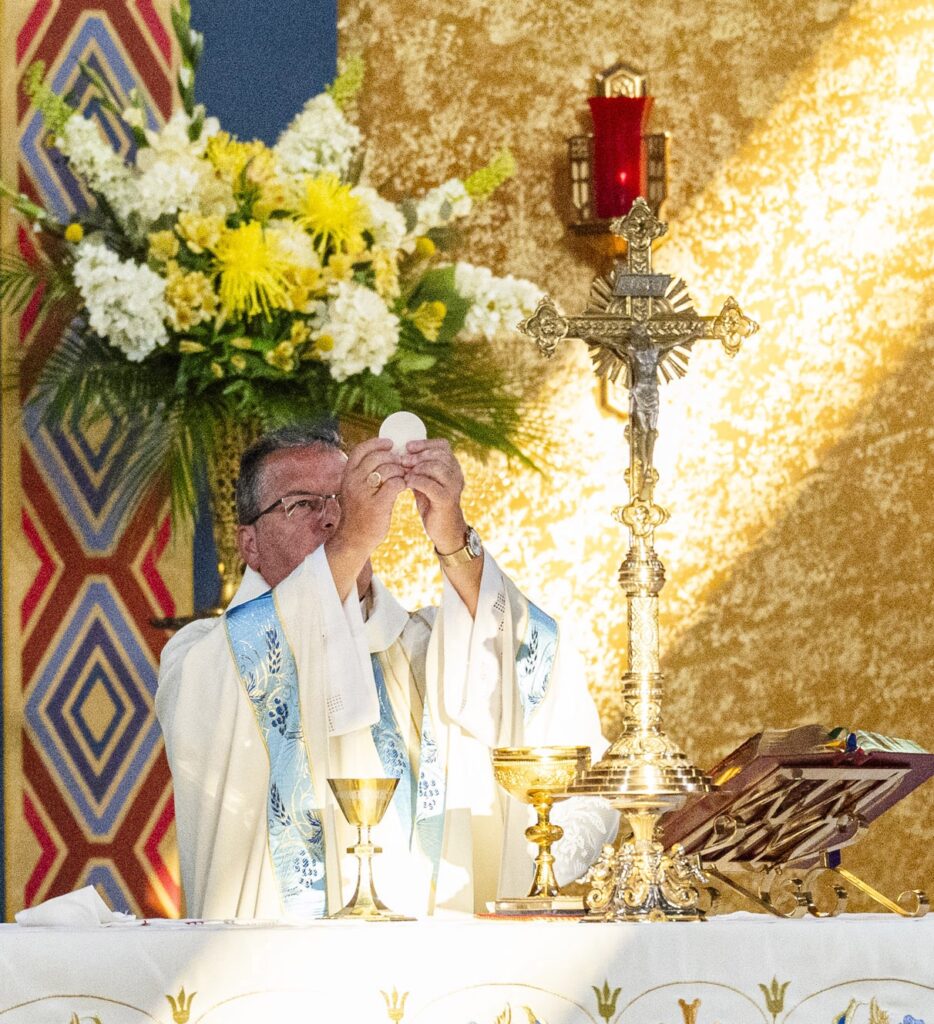
In our current Roman Missal there are 10 Eucharistic Prayers. Why are there so many and how are they similar, yet different?
Eucharistic Prayer I, known as the “Roman Canon,” was the only prayer in the missal prior to Vatican II. This prayer is called “Roman” because it includes two long lists of saints, the majority of whom are Roman martyrs, both men and women. The earliest version of the Roman Canon dates to the late 7th or early 8th century, when the text was brought to the Frankish kingdom (present day France). The prayer was transmitted in two versions (Gelasian and Gregorian), attributed to Pope Gelasius I and Pope Gregory the Great. There is much overlap between the two versions, but each has distinctive elements. An earlier version may exist somewhere waiting to be discovered, or it could have been that priests improvised the Eucharistic Prayers. The fact that these ancient texts say “in these or similar words” could be an indicator of the improvisatory nature of liturgical prayer.
Eucharistic Prayer II is older than the Roman Canon. This is the short prayer that is often used at daily Mass. It is found in the Apostolic Tradition, a work attributed to Hippolytus, a rebel presbyter in Rome in the 3rd century, who claimed to be the duly elected Bishop of Rome. The title of his work makes the claim that he is in the tradition established by the apostles. He offers this prayer as a model to be used to help structure the Eucharistic Prayers.
Eucharistic Prayer III, also often used at daily Mass due to its brevity, follows an Antiochene Model. It is good to remember that Antioch was one of the three centers of the early Church in the East, along with Jerusalem and Alexandria. Saint Paul of Tarsus was within the Antioch orbit.
Eucharistic Prayer IV is a recent composition that appeared in the wake of the Second Vatican Council, which ended in 1965. It is quite long and is sometimes referred to as the “Salvation History Prayer.” Many liturgical scholars attribute this prayer to the famous Italian Benedictine liturgist Cipriano Vagaggini, but in the usual monastic custom the author remains anonymous.
Eucharistic Prayers V and VI known as the “Prayers for Reconciliation,” emerged in the 1970s, when the new rite of reconciliation appeared. You are likely to hear these prayed on penitential feasts and in penitential seasons.
“Prayers for Special Needs and Occasions” are also modern Eucharistic Prayers. They originated after Vatican II, at a national synod in Switzerland. In reality, it is one prayer, with many moving and interchangeable parts. For ease of usage, it was decided to break it into four separate prayers, but a cursory reading of them reveals the repetitive quality.
Finally, there were three prayers for Masses with Children that were added to the 1973 Missal but were not included in the 2000 version. Speculation is that they were excluded because the last edition was considered cumbersome, as it included the myriad of saints who had been canonized in recent decades. They are found in a separate volume and can still be used in Masses with Children.
So why do we have so many prayers and why do we need them? One explanation is that each prayer presents the same basic material but in a fresh and unique way. The presider makes the decision based upon the feast, season and the readings for the day. The Missal gives the presider wide latitude in his choice and all kinds of considerations impact his decision.
What is common to all the Eucharistic Prayers is that we give praise and thanks to the Father for all He has done for us, especially for sending Jesus with the Good News of the Father’s love and compassion for us. We pray not to Jesus but “through Him, with Him and in Him in the unity of the Holy Spirit” to the Father. We remember Jesus’ life, death and resurrection. During the Eucharistic Prayer (in whatever form), we ask for the Holy Spirit to transform us into the body of Christ so that we can continue His mission of bringing justice, peace and love to the world.
If you have a question for a future “Ask Father” column, send us an email!

